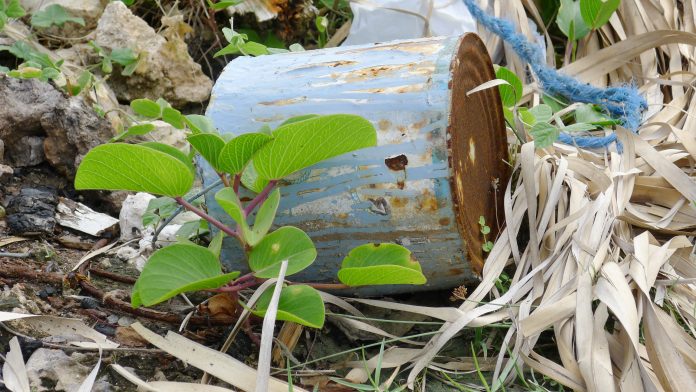Orange County Coastkeeper and Source Molecular Corporation announce a new partnership to investigate sources of pollution in the Santa Ana River Watershed. With this partnership, Coastkeeper’s water quality testing now uses more effective tools to find sources of pollution and improve human health from the Inland Empire to Orange County.
In early 2018, Coastkeeper observed high levels of fecal bacteria counts at multiple areas of the Santa Ana River Watershed—four sites in Orange County and three in the Inland Empire. When its initial tests detected the presence of fecal indicator bacteria such as E. coli and Enterococcus, it sent water samples to Source Molecular for further analysis.
“Fecal bacteria in our waters is an indicator of threats to human health,” said Ray Heimstra, Coastkeeper’s associate director of programs. “Thanks to Source Molecular’s DNA-based technology, we have better data to find the sources of contamination in the Santa Ana River watershed.”
Source Molecular was selected as it is the only accredited laboratory to offer Environmental Protection Agency (EPA) tests which specializes in a DNA-based method to identify bacteria sources—a process known as microbial source tracking or MST. MST is used to identify sources of fecal pollution in water.
The process works by looking for unique genetic markers, found on gut bacteria specifically on the Bacteroides bacteria. All warm-blooded animals have gut bacteria, however bacteria in each host is unique because of differences in their diet and body temperature. Source Molecular can identify up to 13 host sources, including EPS tests for human, cow, dog and chicken sources. These EPA tests have been proven to be 97-100 percent accurate with no to very minimal cross reactivity.
This partnership will support Coastkeeper’s work to test water quality during rain events at eight targeted locations throughout the watershed. After identifying sources of pollution, Coastkeeper uses legal enforcement to improve water quality and help facilities come into compliance with clean water regulations.
“We can only improve our waters when we identify the real culprits of bacterial contamination,” says Source Molecular CEO Mauricio Larenas. “Microbial source tracking is nationally recognized as an effective tool to investigate bacterial impairment.”
The U.S. EPA has a guide document on about how MST can support bacteria total maximum daily load development and implementation during the assessment process, the allocation analysis, and/or development of an implementation plan.
The Santa Ana River Watershed, which covers 210.47 square miles, is the largest watershed in Orange County with many potential sources of fecal bacteria. Stormwater pollution is considered the number one water quality problem and has impaired many of Orange County’s water bodies.











